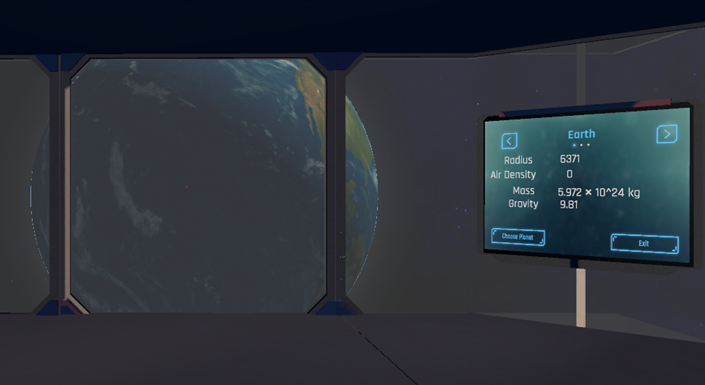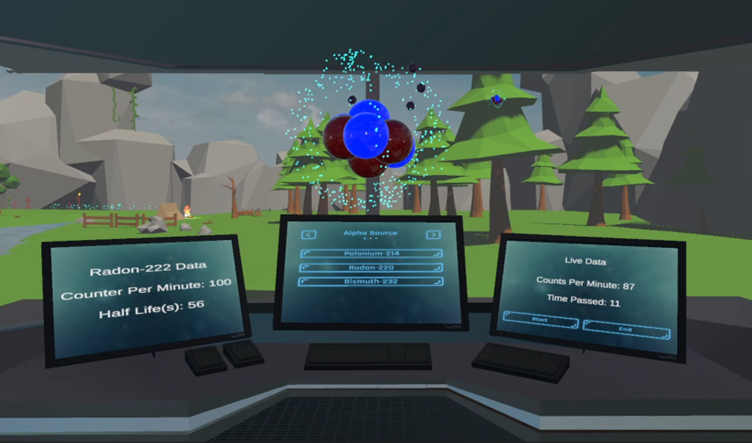Technology has become an ever-growing part of our society, providing us with new ways to interact and access information. However, the methods of teaching have remained largely unchanged over the years, and the use of technology in the classroom is not sufficiently widespread.
The aim of this project was to bridge the gap in current educational practices by using emerging technology in the classroom, specifically in the field of physics. In subjects such as physics, teachers attempt to convey concepts through experiments and visualisations. However, it is impossible to carry out certain experiments in a real-world environment, which poses difficulties in teaching certain concepts effectively.
By using virtual reality (VR) as a tool as a substitute to the real-world environment, this project promises not only to deliver a more engaging learning experience for students, but also to provide realistic immersive visualisations and experiences that would allow students to perform experiments that cannot be carried out in a conventional laboratory. Therefore, such a tool would make it possible for students to grasp the concepts related to such experiments. Although there are similar educational applications already in existence (e.g., Health VR, which simulates the user’s journey through the digestive system) there is a general lack of content for VR in education that could encourage critical thinking through such simulations.
The proposed application was also designed on the basis of several learning theories, including scaffolding, to provide a good theoretical basis for learning, thus enabling students to build their own mental models, improve their critical thinking skills and allow them to test their understanding through reflective questions in the application itself.
Following an evaluation process involving experts, the general view was that this application would be a promising tool for improving students’ understanding of physics and promoting critical thinking. Future work could focus on expanding the content to cover more topics in physics and other subjects, as well as enhancing the modelling and visualisations for a more immersive experience.

Figure 1. Simulation of Acceleration Due to Gravity – Planet Selection View

Figure 2. Radiation – Simulation of Half Life Radioactive Decay
Student: Luke Portanier Mifsud
Supervisor: Dr Peter A. Xuereb
